Lotus Elise GT1
In the mid 1990s a real boom began in the GT-regulations of international long distance races. The newly created GT1 and GT2 categories of the BPR Global GT Series gave automakers new opportunities to use either relatively close-to-production sports cars or absolutely radical concepts. In the rules for the GT1 category was initially only determined that there must be a roadworthy version of each race car. Some participants, such as Mercedes-Benz and Porsche, were generous with this and made more than 20 copies for wealthy customers around the world. Other brands like Toyota, Nissan or Lotus remained at only one street version of their GT1 vehicles.
That would be synonymous with today’s theme, the Lotus Elise GT1. Nearly nobody thought that a small sports car brand like Lotus would build their own crazy GT1 car. Previously, they had used the already technically aged Esprit as GT3 and GT2 racer and further developed it into a GT1 racing car for the 1996 season. Of these only three vehicles were created, which shared only the silhouette with the Esprit street car. Technically, they were on a good, but not durable stand, which led to numerous failures. Today, only one of these chassis still exists, but rebuilt to GT2 specifications. Work began early on a completely new GT1 race car for the following year, which was carried out together with the British experts of G-Tech. As an optical basis from the model line-up they used the Elise.
For the year 1997 the racing series was renamed to FIA GT Championship. Based on the concept that Porsche had already presented in the last few races of the 1996 season with their new 911 GT1, Lotus developed a radical mid-engined racing car, which shares only the glued aluminium chassis around the cockpit with the base Elise, but with various modifications and reinforcements. At the front and rear, subframes made of carbon fiber are mounted, that serve as carriers for engine, gearbox and radiators, but also as crash structures. Above, a tight-fitting carbon bodywork sits and gives some minor reminiscents of the first Elise generation, for example at the lights and the side air intakes. However, the GT1 is about 70 centimeters longer than its street legal cousin.












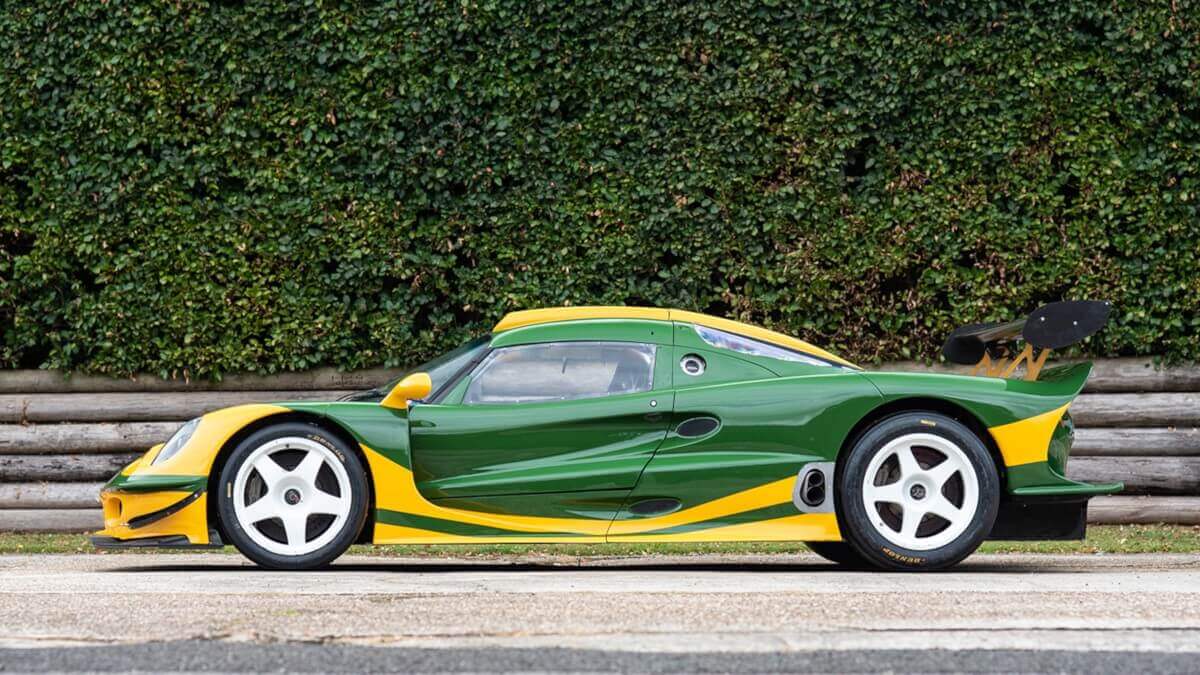







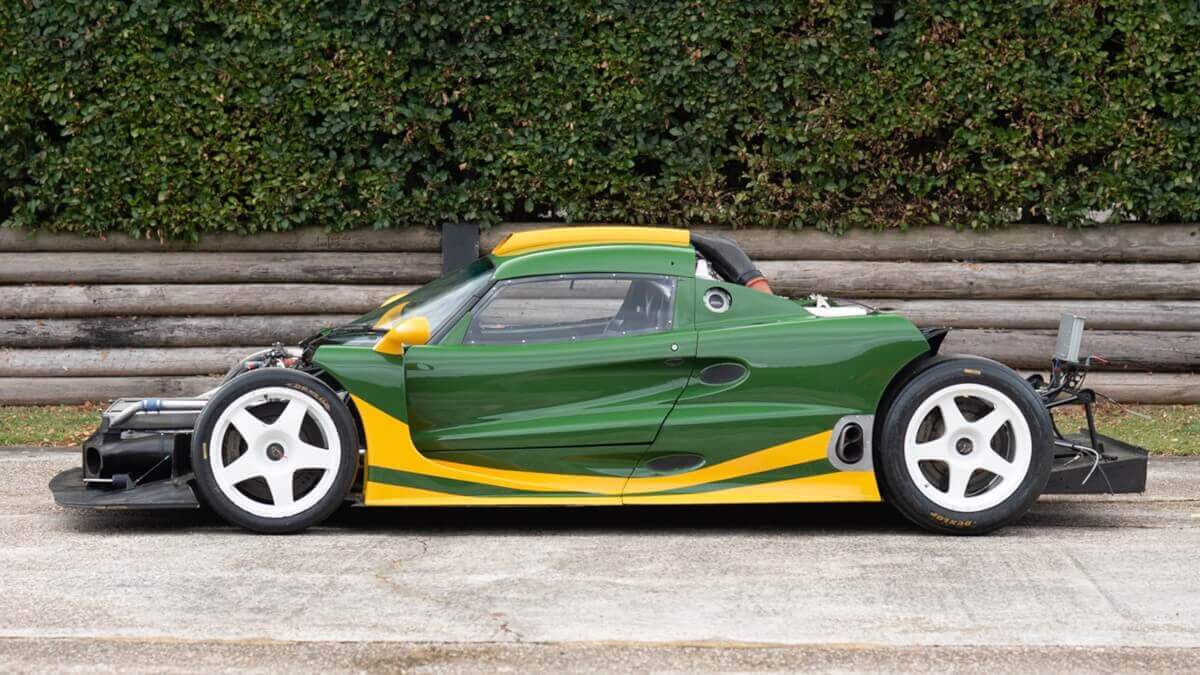



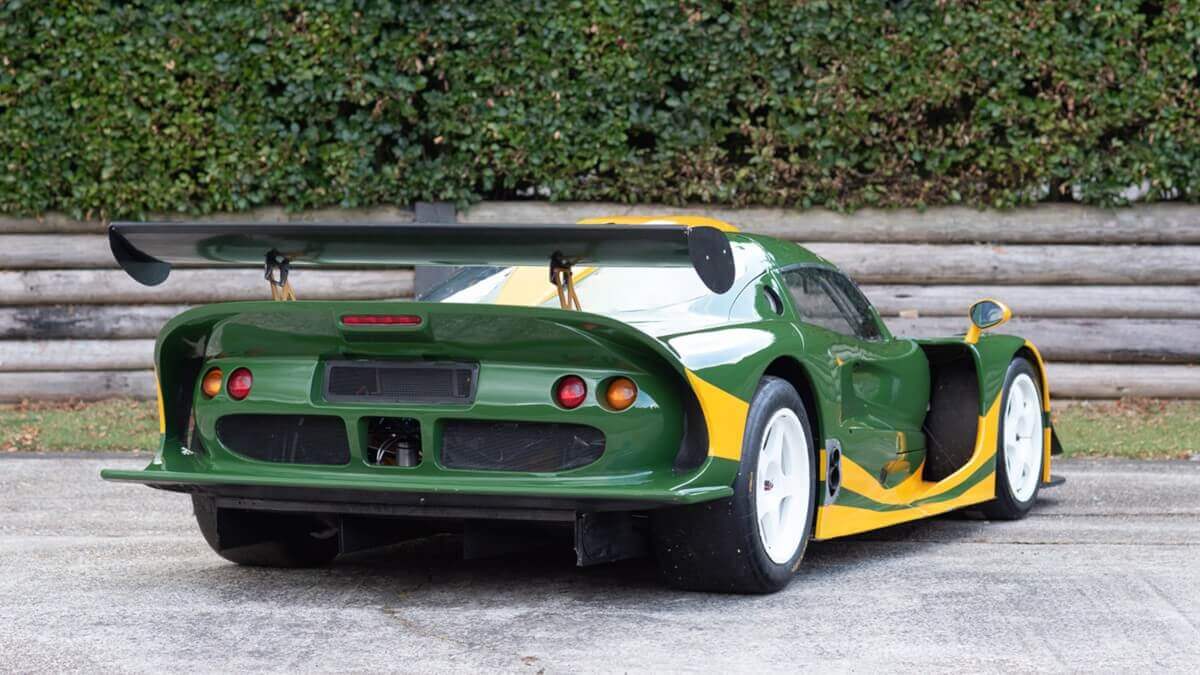











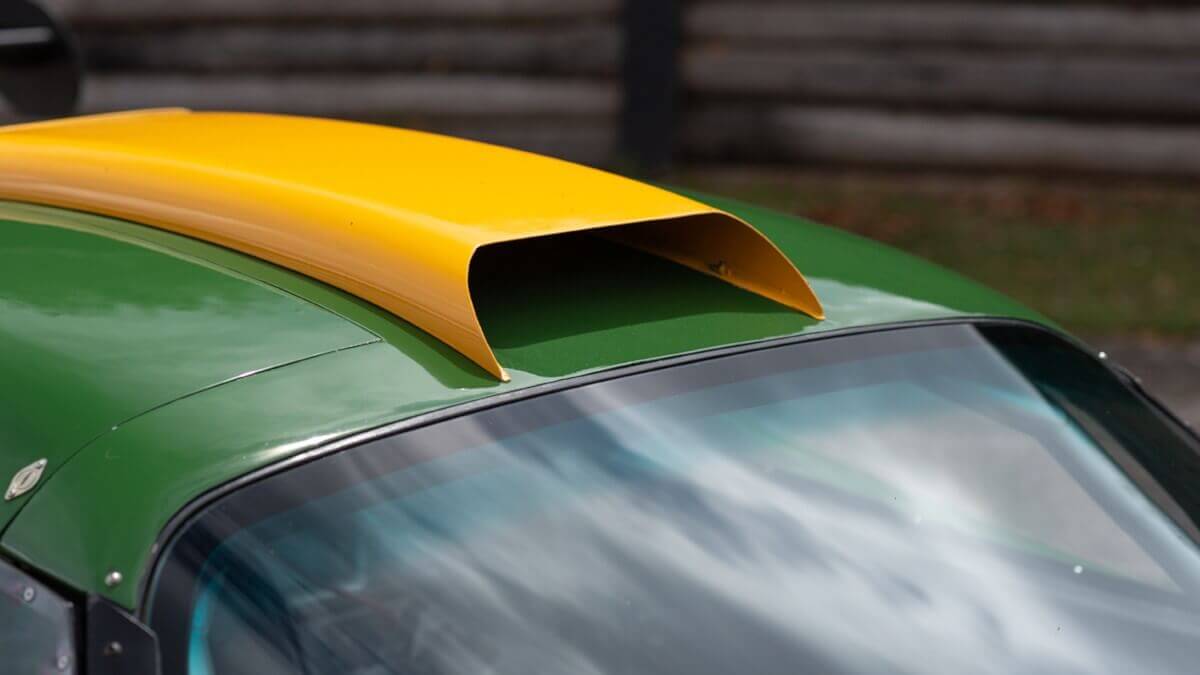



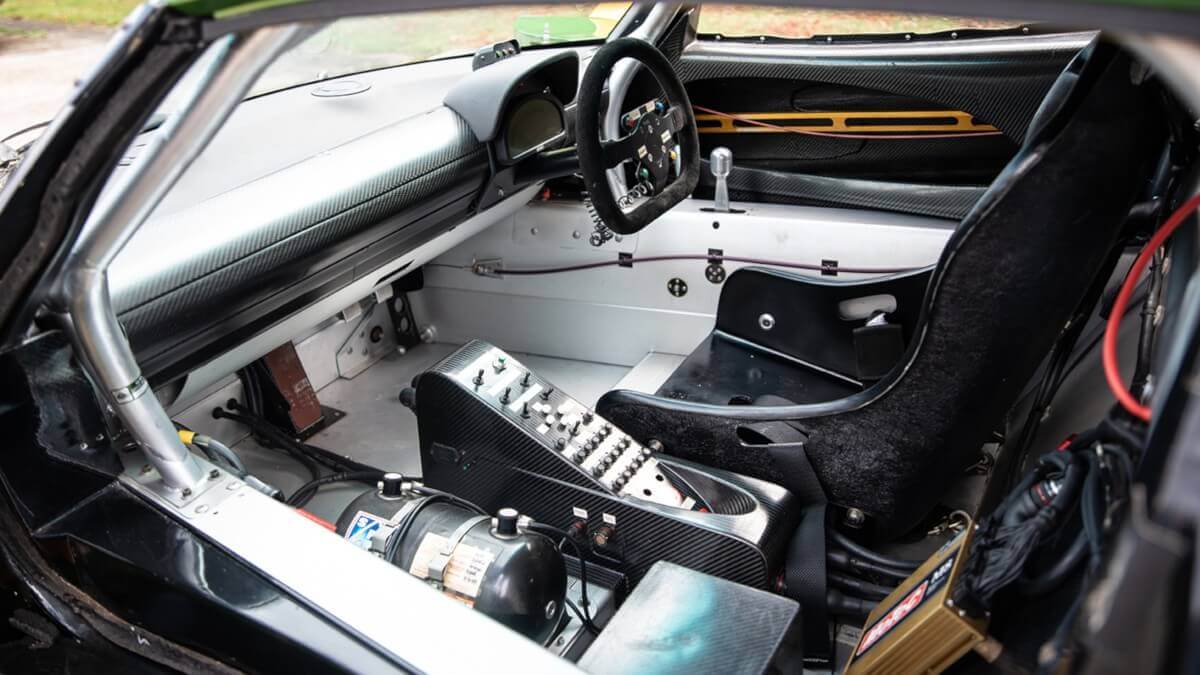



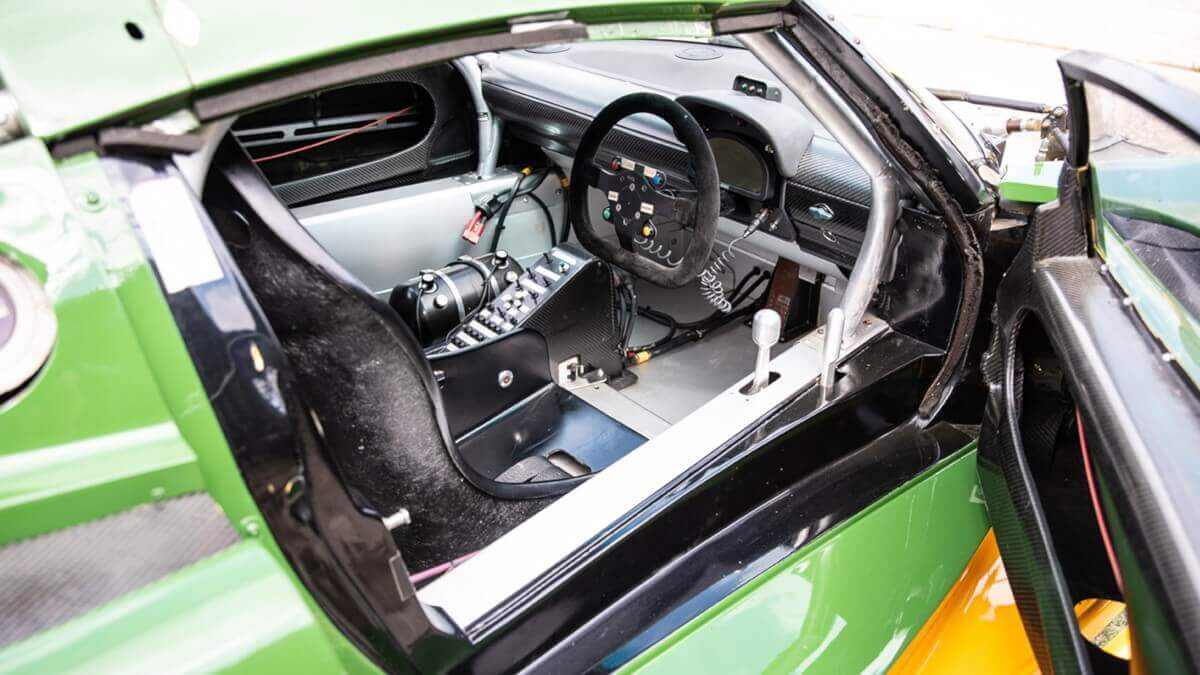







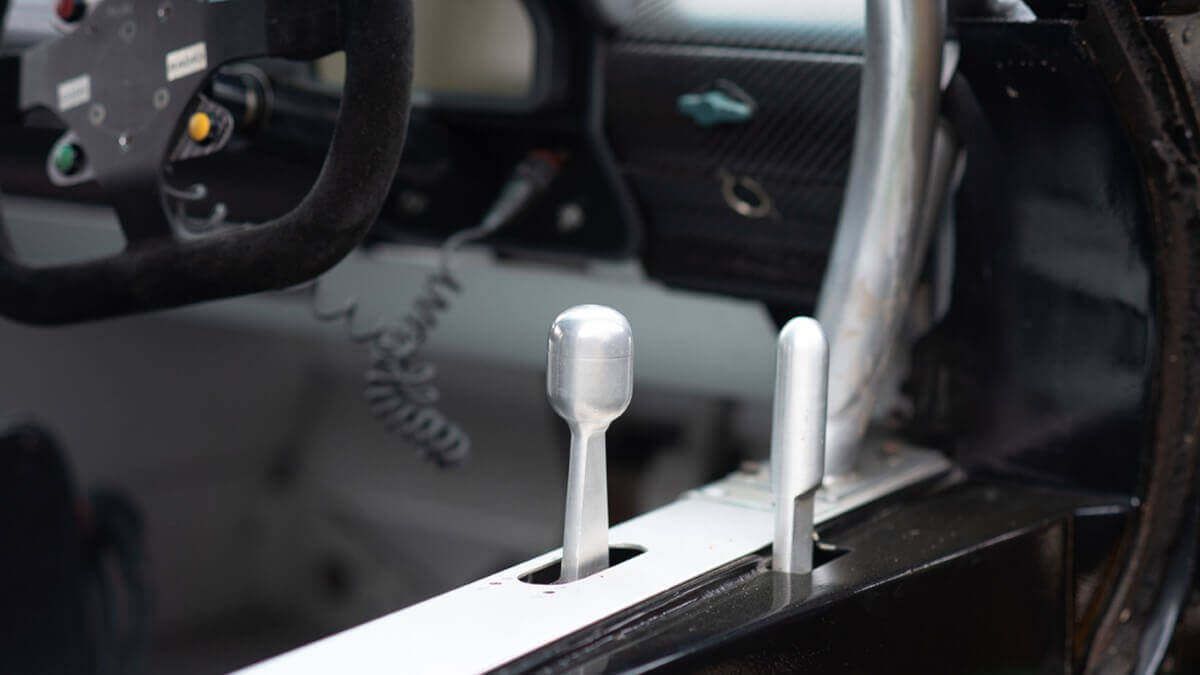



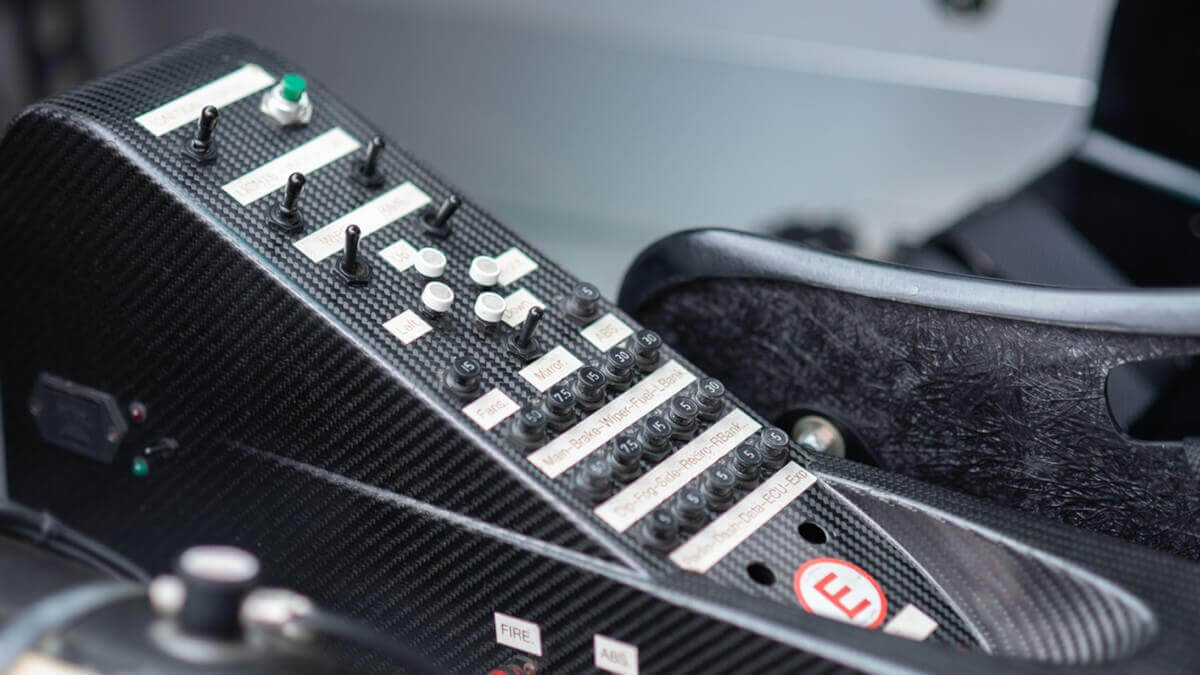



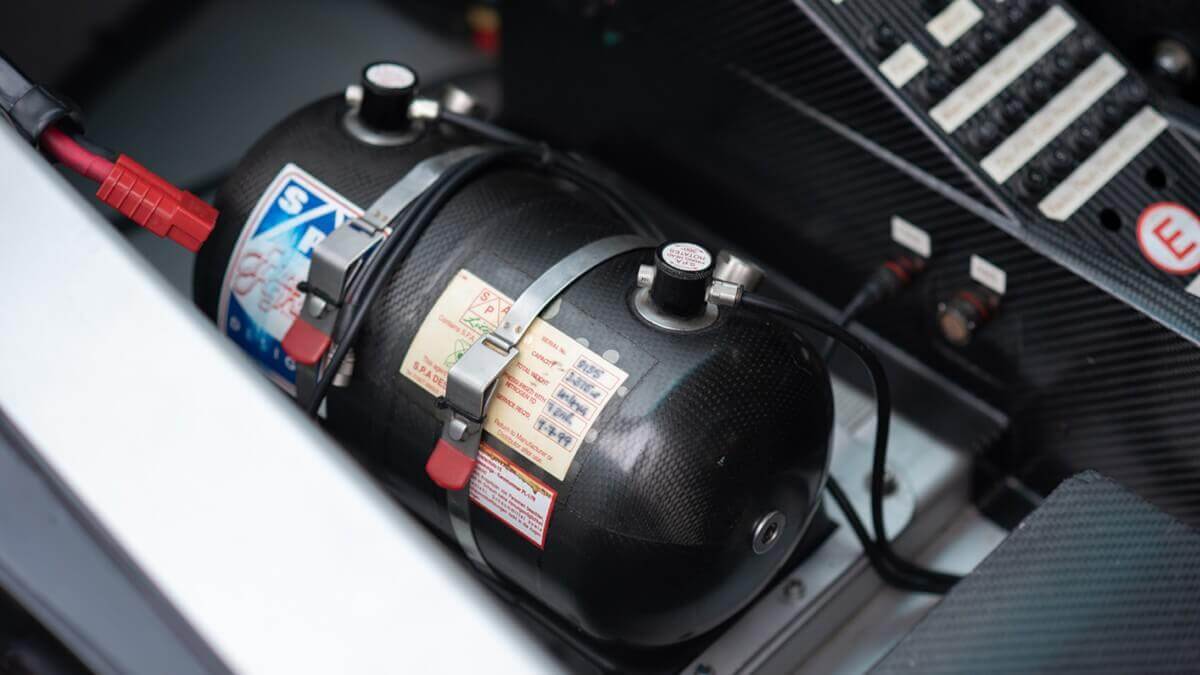



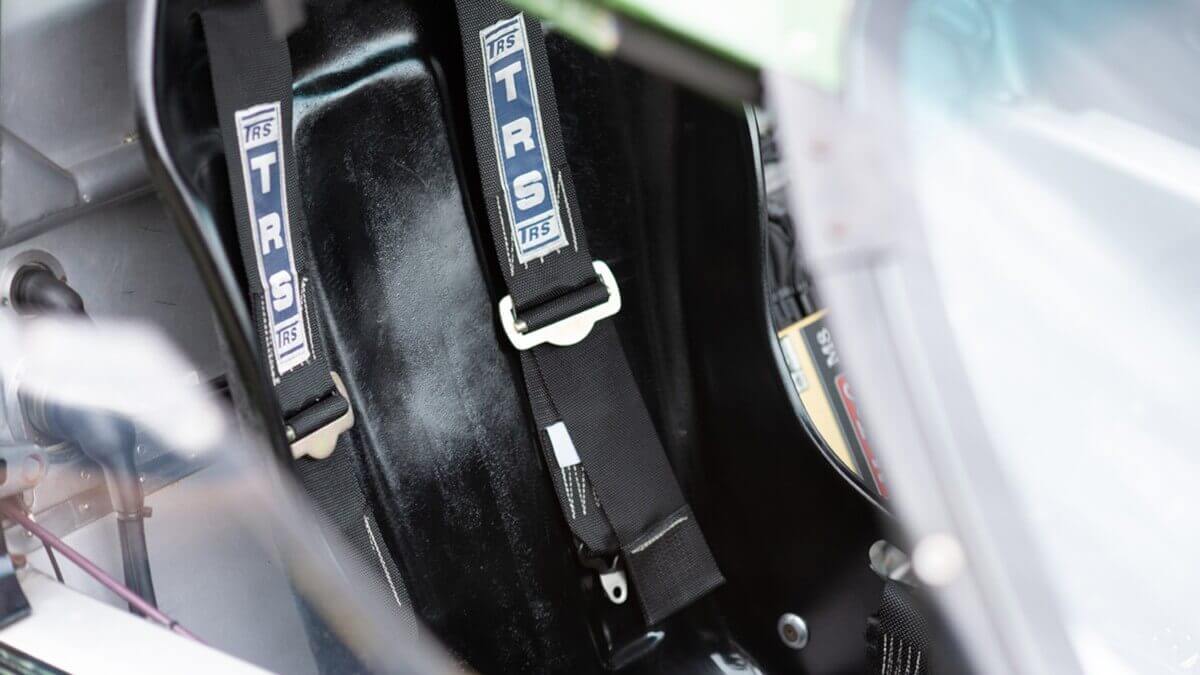



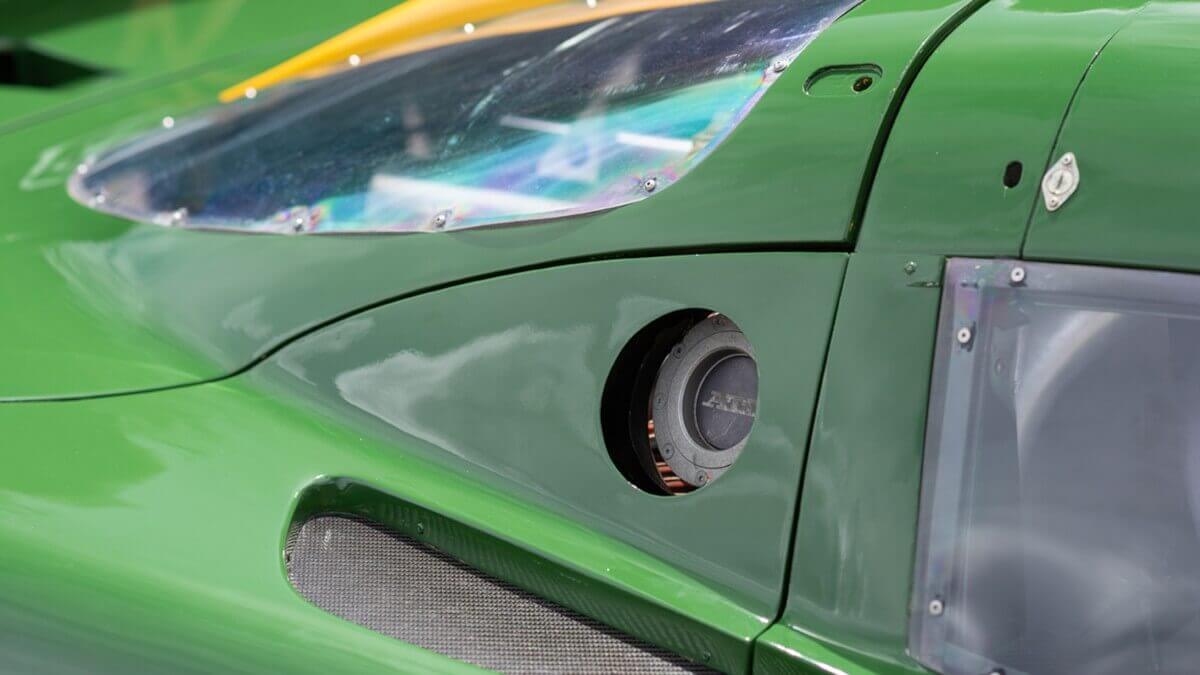







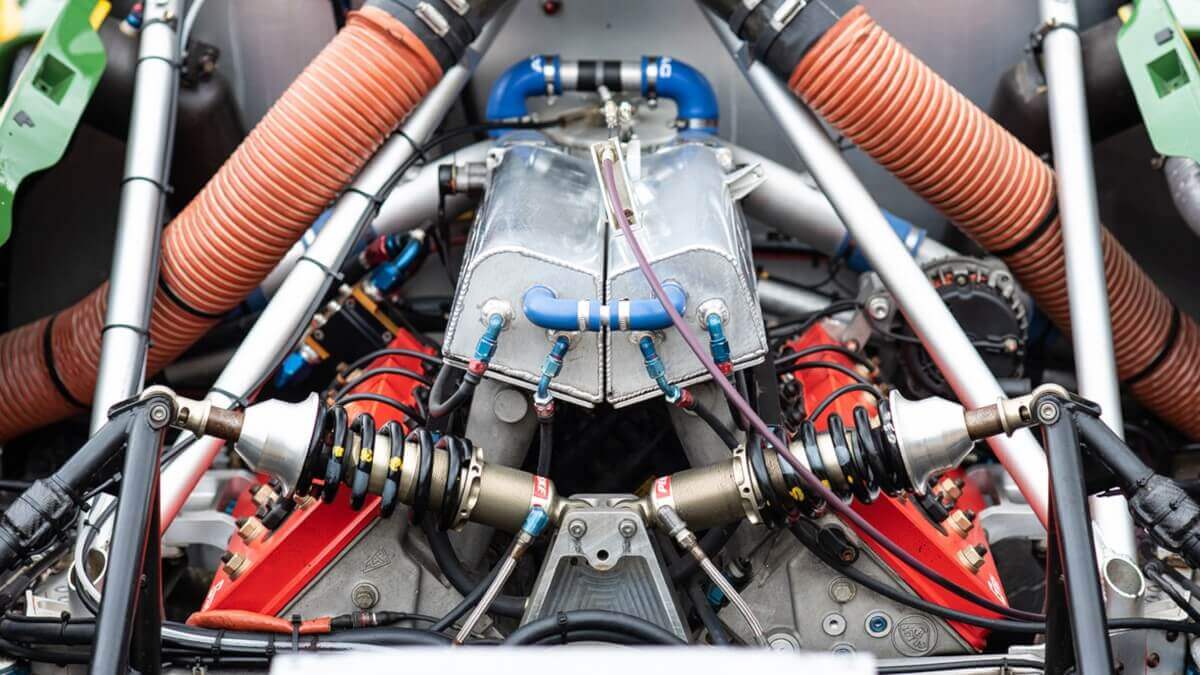



There was room for the engine behind the right-hand driver. Lotus initially planned to use the 3.5-liter V8 biturbo engine from the Esprit GT1, but quickly discovered during tests that the stability did not meet expectations. That’s why the teams ‘GT1 Lotus Racing’ (led by Fabian Giroix and his First Racing team), ‘GBF UK’ and ‘Martin Veyhle Racing’ were free to choose whether to use this engine or a naturally aspirated V8 engine from the Chevrolet Corvette ZR-1, enlarged to six liters of displacement. This V8, called LT5, was developed by Lotus in their period as a part of General Motors. Ultimately, only the two factory-supported cars used the approximately 615 horsepower strong GM-V8, while in the remaining five racecars in the hands of private racing teams the Lotus-V8 with about 550 hp was mounted. Overall, G-Tech built eight Elise GT1 chassis of which one was built into the necessary street version. After only one season, Lotus and their mother company Proton decided to end the Elise GT1 campaign as the concept was not competitive against CLK GTR and Co.
Two vehicles and a large contingent of spare parts were bought by Dutch racing driver Mike Hezemans, who was one of the works drivers for Lotus in 1997 and was quite convinced of the basic concept. Together with his father Toine Hezemans and three mechanics, they set about eradicating the car’s mistakes. With an extended front end and improved aerodynamics, they hoped for more speed, which should also be increased by the installation of the V10 engine from the Dodge Viper GTS-R. In order to participate in the 1998 season of the FIA GT Championship, Hezemans needed not only money, but most of all a manufacturer name for his cars. He found this due to his close relationship to Erich Bitter, who builds low-volume production sports cars in Germany since the late 1960s. He allowed them to use his name, so the car became known as the Bitter GT1. The second race car was bought by a German consortium, which was also responsible for its completion. However, the torque provided by the ten-cylinder engine was so high that both vehicles failed to finish their first race in Silverstone due to gearbox damage and didn’t even survive the first training sessions at Hockenheim. The German car burned down and after that, the project ended, closing also the racing chapter of the Elise GT1 – until in 2003 there was a short-term interest of the British ‘Team Elite’ to convert an Elise GT1 into a closed Le Mans prototype. After first tests on the racetrack in Sebring, where the car suffered gearbox damage after only seven laps, the project was terminated.
Toine Hezemans bought another Elise GT1 from a private team in 2000 and used it with minimal changes in the 2001 Super Car Rally from Paris to Monaco. Subsequently, various technical updates were made before the race car changed into a private collection in the US. Although the vehicle wasn’t used there, the engine was started regularly and allowed to warm up. Later, the Lotus came back to Europe and was used at several trackdays. Now British car dealer Dylan Miles offers this vehicle along with several spare parts and two more sets of tires for sale. Meanwhile, with the ‘Masters Endurance Legends’ and the ‘Global Endurance Legends’ there are two classic racing series in which such GT1 vehicles can be used.
Images: Dylan Miles




